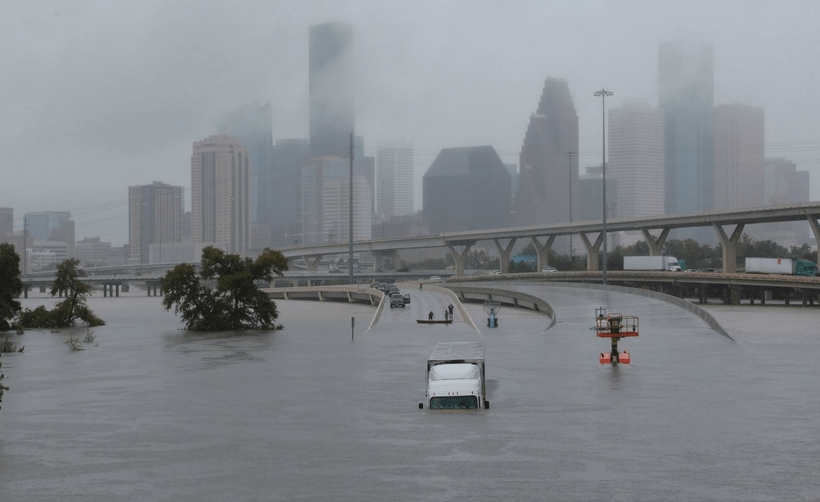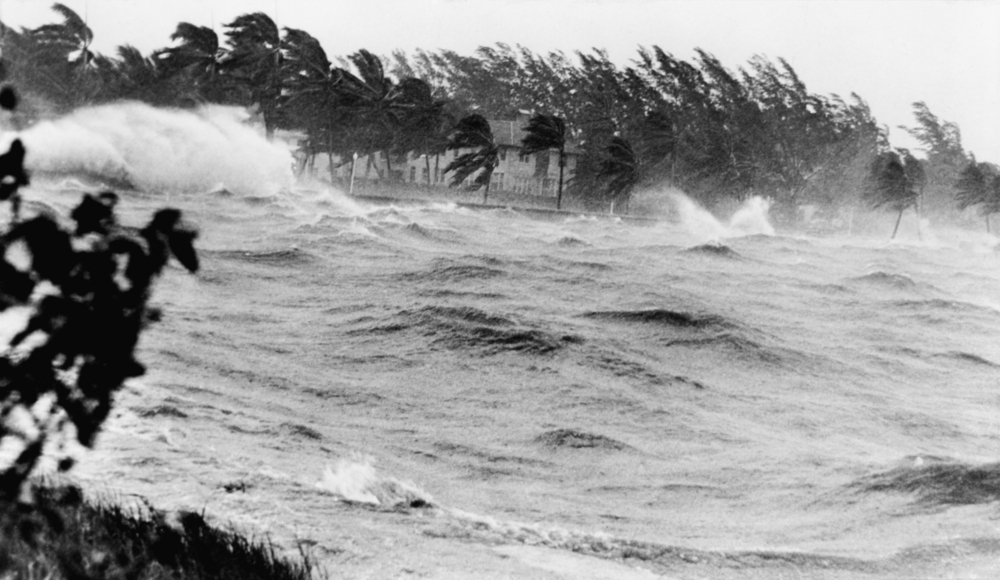Disaster Recovery
Matrix Report on Multifamily
A new research bulletin from Yardi Matrix assesses the ongoing recovery of multifamily markets in U.S. areas hit hard by hurricanes, wildfires and other natural disasters in 2017. Three hurricanes inflicted about $110 billion in property damage and $300 billion of economic loss in Texas, Florida and Puerto Rico, the bulletin notes, with the affected […]


